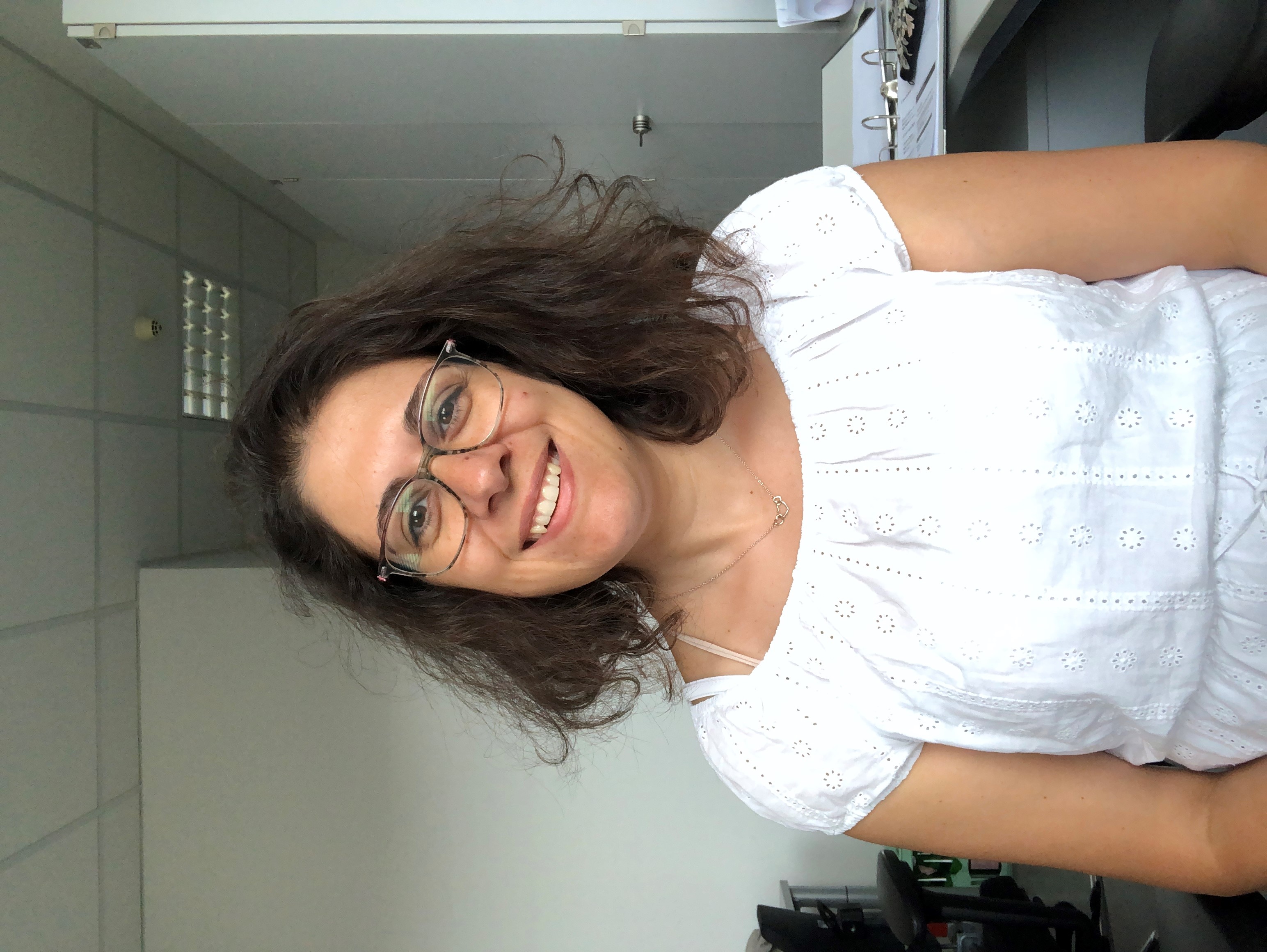The Design of a Pilot Study on the Health Effects of Ultrafine Particles Konzeption und Pilotieren einer Gesunheitsstudie zu ultrafeinen Partikeln (KoPilot)
Study objective:
Ambient air pollution (AAP) is the most important environmental risk factor for mortality worldwide. One important component of AAP are ultrafine particles (UFP), defined by their aerodynamic size <100 nm. UFP can be inhaled deeply into the lungs, enter the alveoli and penetrate biological membranes, enabling them to pass into the systemic circulation and finally diffuse into all organ systems including the brain and nervous system. One major challenge of UFP-related research on health effects remains the assessment of long-term exposure to UFP. This specific study aims at developing and piloting a concept for an environmental epidemiological cohort study in an urban area to identify the long-term effects of UFP on health.
Specific objectives
- To systematically search and evaluate the epidemiological literature on health effects of short- and long-term exposure to UFP (ongoing work at HHU)
- To describe the exposure methods and tools available in the literature to estimate long-term exposure to UFP (ongoing work at HHU)
- Conduct meta-analyses on specific health outcomes and short or long-term exposure to UFP (ongoing work at HHU)
- To develop a UFP assessment method for long-term exposure in the general population, combining measurements and modelling
- To pilot and validate the UFP long-term exposure assessment in an urban area of Germany
- To develop a concept for an epidemiological study on long-term exposure to UFP and their independent health effects, considering co-exposures (ongoing work at HHU)
Study design:
Systematic Review and Meta-Analysis
Study population:
General population
Collaborators
- IUTA, Institüt Institut für Energie- und Umwelttechnik
- TNO Innovation for life
- HSD, Hochschule Düsseldorf
- IVU Umwelt GmbH
- Ingenieurbüro Janicke
Project Team Heinrich-Heine-University of Düsseldorf
- Pascale Haddad Thoelke
- Haeran Jeong
- Hicran Altug
Cooperation Partners
- LUDOK SwissTPH
External Funding
- Federal Environment Agency (Unmweltbundsamt UBA) (2020)
Project Duration
2021-2025
Related Publications
- Thurston GD, et al. A joint ERS/ATS policy statement: what constitutes an adverse health effect of air pollution? An analytical framework. Eur Respir J. 2017 Jan 11;49(1):1600419. doi: 10.1183/13993003.00419-2016. PMID: 28077473; PMCID: PMC5751718.
- Cohen AJ, et al. Estimates and 25-year trends of the global burden of disease attributable to ambient air pollution: an analysis of data from the Global Burden of Diseases Study 2015. Lancet. 2017 May 13;389(10082):1907-1918. doi: 10.1016/S0140-6736(17)30505-6.
- Forouzanfar MH, et al. Global, regional, and national comparative risk assessment of 79 behavioural, environmental and occupational, and metabolic risks or clusters of risks, 1990–2015: a systematic analysis for the Global Burden of Disease Study 2015. The Lancet 2016;388:1659–1724.
- Health Effects Institute. Understanding the health effects of ambient ultrafine particles. HEI perspectives 3. Health Effects Institute, Boston, MA; 2013.
- Ohlwein S, et al. Health effects of ultrafine particles: a systematic literature review update of epidemiological evidence. Int J Public Health. 2019 May;64(4):547-559. doi: 10.1007/s00038-019-01202-7. Epub 2019 Feb 21. PMID: 30790006.
- Higgins JPT, et al. Cochrane Handbook for Systematic Reviews of Interventions version 6.3 (updated February 2022). Cochrane Training: 2022.
- Health Effects Institute. Ongoing Research. Health Effects Institute, Boston, MA; 2022.
- Page MJ, et al. The PRISMA 2020 statement: an updated guideline for reporting systematic reviews. Syst Rev. 2021 Mar 29;10(1):89. doi: 10.1186/s13643-021-01626-4. PMID: 33781348; PMCID: PMC8008539.
- Vilahur N, et al. Long–term exposure to PM2.5 and PM10 and all–cause and cause–specific mortality: a systematic review and meta–analysis protocol – Update of WHO Global AQGs. August 2017. WHO, Regional Office for Europe; 2017.



